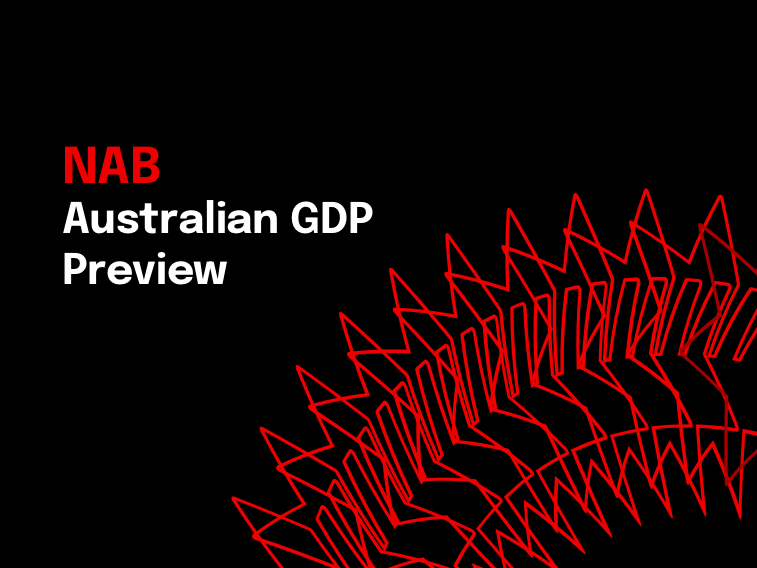A private sector improvement to support growth


Insight
The NAB Cashless Retail Sales Index continued to improve into February, a welcome trend after the weak sales experienced at the end of 2018.
“Annual growth in cashless sales has continued to improve this month with NAB’s Cashless Retail Index reporting growth of 9.4% yoy up from 8.8% in January, which is the fastest rate since mid-2016.
“Our mapping of the “official” ABS measure also implies an increase in monthly growth in February of 0.7% mom, although we note the divergence in the two series in January, suggesting some uncertainty around our estimate or perhaps the possibility that the official measure will be revised.
“Turning to our spending data, spending growth in the ACT, NSW, WA, SA and ACT has been trending strongly upwards whilst growth in QLD and VIC has stabilised. Interestingly, where WA has lagged behind all other states since back to January 2015, the state’s annual spending growth has now overtaken Queensland.
“In terms of business conditions, the retail sector is still considered to be underperforming when compared with other industries. However, this month’s NAB Business Survey recorded the best business conditions score for the retail sector in 8 months and is now in positive territory in trend terms. Retail confidence has followed suit, picking up slightly this month in trend terms. Whilst a positive sign, particularly when considered against a backdrop of strong employment growth, these results should be interpreted with caution due to the changing seasonal patterns of this sector. With wages growth still subdued and the cost of living pressures weighing heavily on households, NAB’s The Forward View foresees household spending at a relatively subdued 2.5% through 2018 and 2019, before strengthening a touch to 2.7% in 2020.
“NAB’s index is derived from personal transaction data from NAB platforms (around 2 million transactions per day) and includes all cashless retail spending by consumers using debit and credit cards (both in person and online), BPAY and Paypal. NAB’s Cashless Retail Index is reasonably assumed to be representative of aggregate non-cash retail sales in Australia given its large sample size. The average growth rate for NAB’s index is stronger than the official ABS measure of retail trade given that it does not capture cash transactions, which is why we use our mapping equations to forecast the official ABS measure of retail trade. RBA research suggests 18% of the value of retail trade occurred via cash in 2016. Over time, the growth rates of the two series are likely to come together.”
For more information, please refer to the attached report:
© National Australia Bank Limited. ABN 12 004 044 937 AFSL and Australian Credit Licence 230686.